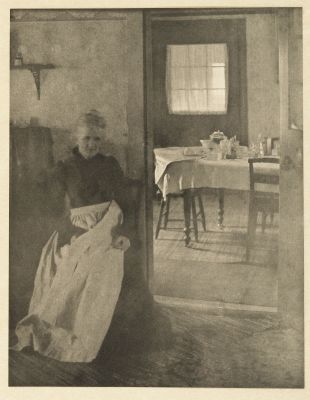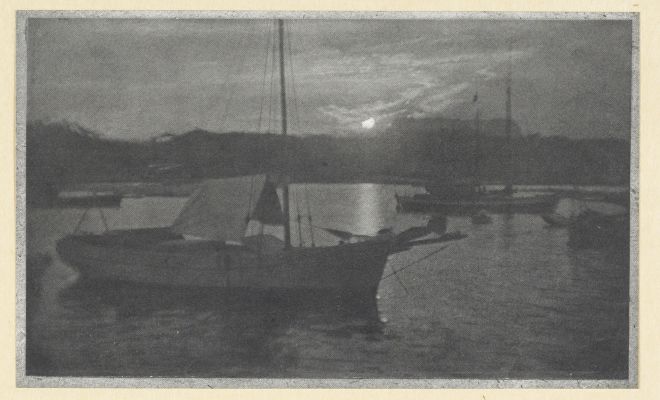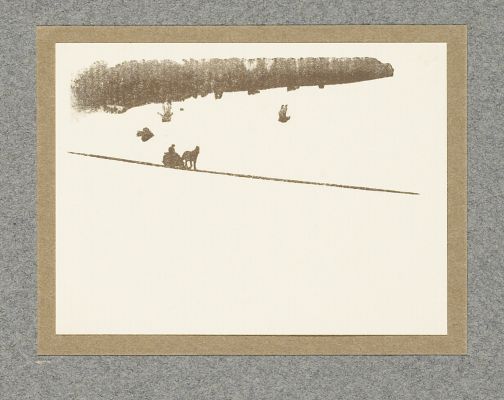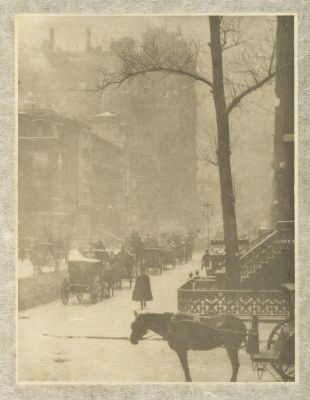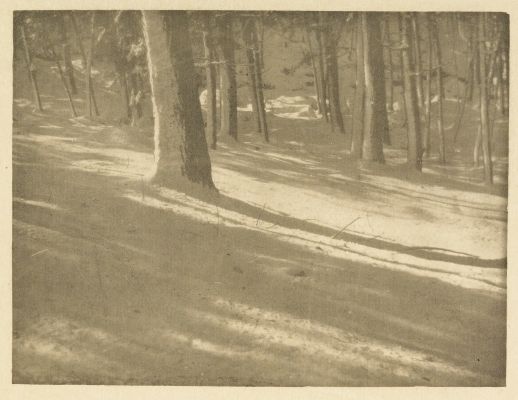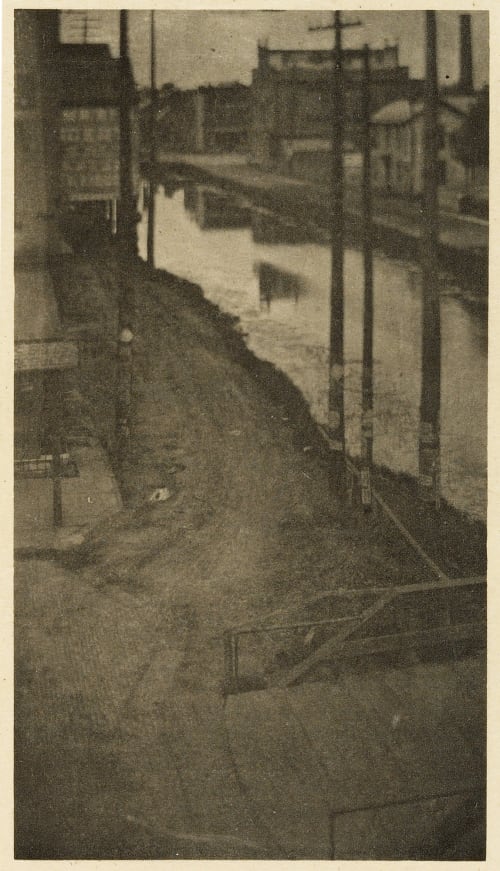
Title
Telegraph PolesArtist
White, Clarence H. (American, 1871-1925)Publication
Camera Work IIIDate
1903Process
PhotogravureAtelier
Photochrome Engraving Company, New YorkImage Size
18.8 x 10.5 cm
Clarence H. White was in his twenties when he photographed this scene in Newark, Ohio. The view shows a canal behind the Fleek and Neal wholesale grocery where White worked as a bookkeeper. The aesthetic achievement of Telegraph Poles was lauded by the art critic Charles H. Caffin, who singled it out for praise after viewing over one hundred of White’s prints: The most notable instance of Mr. White’s ability to extract beauty from the homeliest material is the print entitled Telegraph Poles. The scene appears to be a canal, on the banks of which are poles and irregular buildings, separated by vacant spaces, like teeth and stumps and gaps in an old crone’s jaw-an unsightly, even squalid, spot, at least to the stranger; but to the man who has seen it under all sorts of aspects of light and weather, moreover, with an artist’s eye, alive to the abstract fascination of mere lines and masses, of mingled variety of tone, this most unsuggestive subject has revealed possibilities which have yielded an original and strikingly beautiful picture. If I am addressing any one who has hitherto regarded art as the mere imitating of objects, this picture should open up a new idea. It would seem that it is not so much the objects as the use which the artist makes of them that constitutes art, the little something of himself mixed in with the ingredients, the personal alchemy that transmutes the commonplace into the beautiful. [1] White moved to New York City in 1906 to devote the rest of his life to creative photography. He became an important teacher and eventually opened his own school of photography, where he taught some of the finest photographers of the 20th century.
Reproduced / Exhibited
Witkin, London, and Shestack. The Photograph Collector’s Guide. London: Secker & Warburg, 1979. p. 105
References
Charles H. Caffin, Photography as a Fine Art: The Achievements and Possibilities of Photographic Art in America (New York: Doubleday, Page & Company, 1901)


